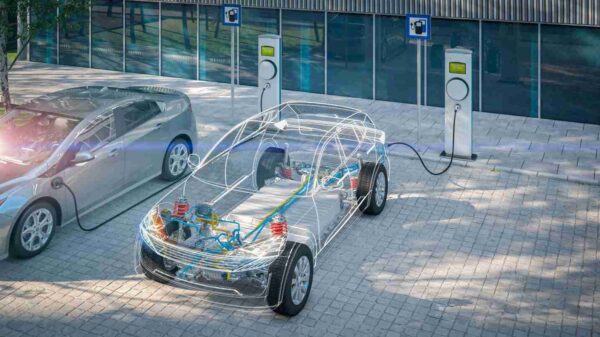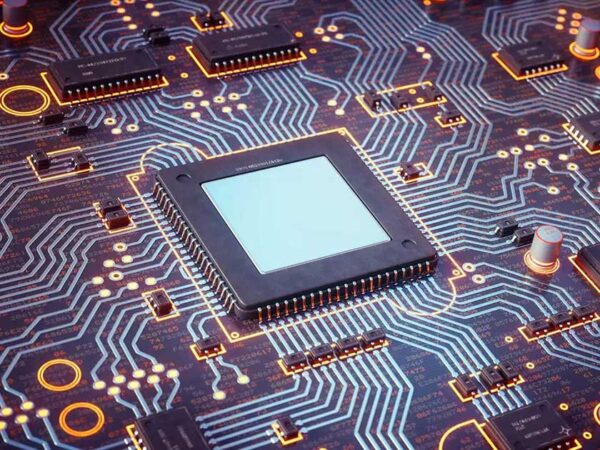Ohio Pushes Back on California Plans
Just before the end of 2023, Ohio Governor Mike DeWine signed H.B. 201 into law. The focus of the bill is to; “Prohibit a state agency, county, or township from restricting the sale or use of a motor vehicle based on the energy source used to power the motor vehicle; to prohibit a state agency from adopting the California emissions standards for motor vehicles.” As you may remember, the Clean Air Act allows states to seek a waiver to enact emission standards outside of those set by the federal government. In 2022, California received a waiver allowing the state to establish guidelines requiring every new car and truck sold there to have zero emissions by 2035. This requirement has set off a debate in state capitals around the country. Some states seek to align with California, while others, like Ohio, are pushing back against California’s plans. ABATE of Ohio received the support of other groups in support of the bill, including the Ohio Chamber of Commerce and the Ohio Auto Dealers Association. Ed Schetter, Executive Director of ABATE of Ohio, testified in December, backing the bill. In his remarks, he said, “ABATE of Ohio is concerned with the push towards electric power and pressure to eliminate the internal combustion engine from the marketplace. This may leave many motorcyclists without options on how to power the motorcycles we ride. We also feel this may limit the availability of sales, parts, and service to the motorcyclists of Ohio. Many of these businesses are ones we’ve relied on for years.” After the hearing, lawmakers thanked ABATE of Ohio for their participation. Multiple legislators noted that ABATE of Ohio was the only “citizen-led” group involved in the hearing. Comments like that help reinforce the importance of engagement and participation by citizens in the legislative […]
Ohio Pushes Back on California Plans Read More »









